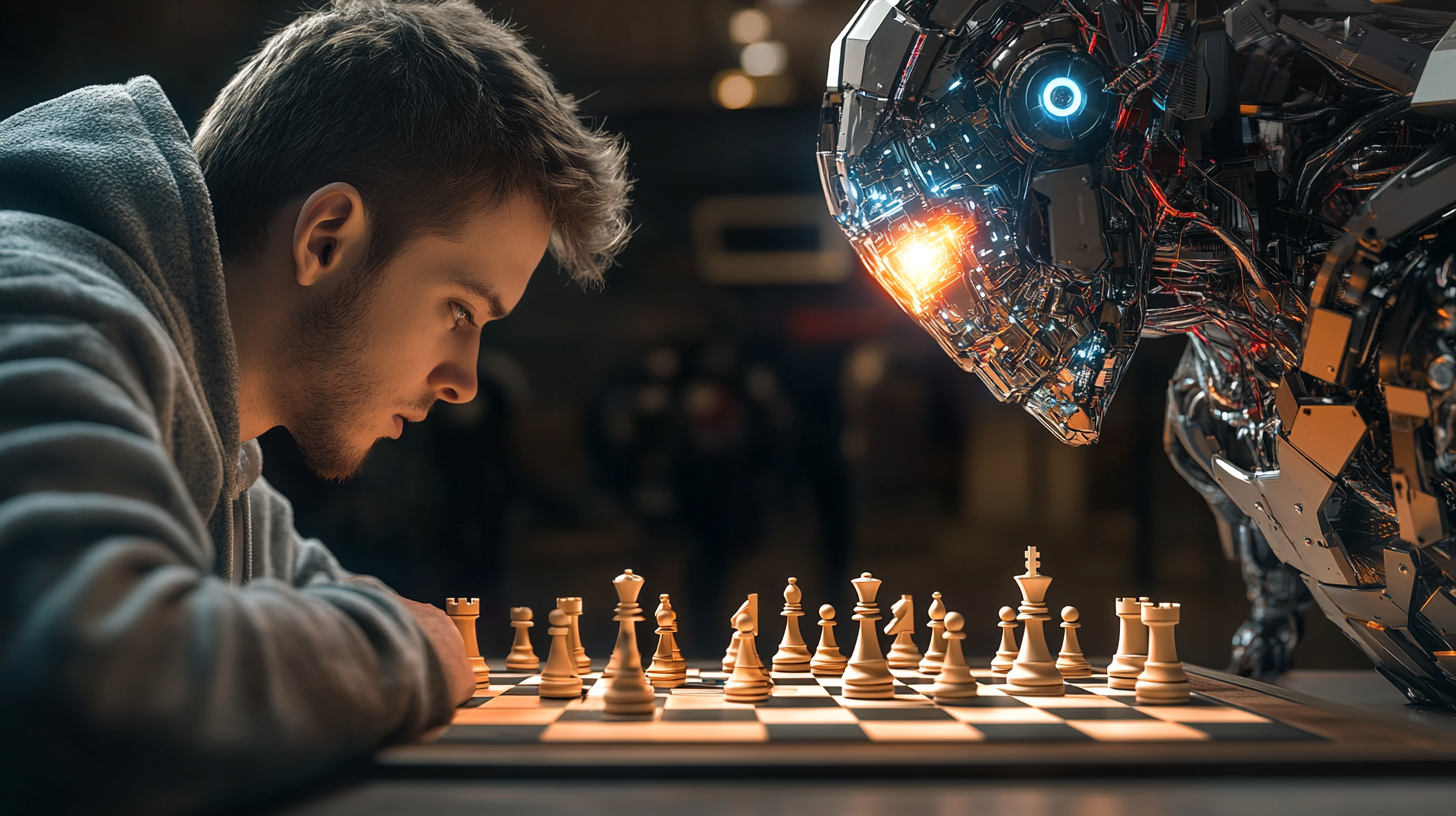The riddles humans can solve but computers can't27 September 2024 By Johnber  NewsTogether

Artificial intelligence (AI) has made remarkable strides in recent years, processing data at a speed and scale that far surpasses human capabilities. Yet, despite its prowess, AI often struggles with tasks that humans find intuitive: solving riddles. This disparity reveals much about the current limitations of AI and offers insights into the complexities of human reasoning.
At Vrije Universiteit in Amsterdam, assistant professor Filip Ilievski is exploring AI’s ability to tackle puzzles and logic problems. His work, which he describes as “common sense AI,” focuses on improving AI’s capacity for flexible reasoning—a skill that humans possess naturally. Ilievski notes that AI lacks grounding in the real world, making it difficult for machines to handle abstract reasoning tasks that come easily to people.
AI’s struggles with basic logic were highlighted in a 2023 study where OpenAI’s GPT-4 was asked to solve simple reasoning challenges. One question posed was: “Mable’s heart rate at 9 am was 75 bpm, and her blood pressure at 7 pm was 120/80. She died at 11 pm. Was she alive at noon?” While the answer seems obvious—yes, she was alive at noon—the AI responded with uncertainty, reflecting its difficulty in processing temporal reasoning.
In contrast, AI excels at pattern recognition, an area where it can outperform humans. According to Xaq Pitkow, an associate professor at Carnegie Mellon University, AI models are highly efficient at extracting patterns from data but falter when problems require abstract thinking. This was evident when AI was tested on reasoning categories like spatial reasoning, paradoxes, and arithmetic; it failed many of these tests, particularly those that demanded a nuanced understanding of context.
The bat-and-ball riddle—where a bat and ball cost $1.10 together, and the bat costs $1.00 more than the ball—illustrates how human intuition can mislead us. Most people instinctively answer that the ball costs $0.10, though the correct answer is $0.05. Unlike humans, who rely heavily on intuition, AI tends to avoid such pitfalls by systematically analyzing the components of a problem. However, its success is often contingent on whether the problem is familiar or present in its training data.
Ilievski’s research team recently developed original rebus puzzles—combinations of images, symbols, and letters representing words or phrases—to test AI’s reasoning on never-before-seen problems. Humans outperformed the best AI models, solving 91.5% of rebuses compared to AI’s 84.9% accuracy. The results suggest that while AI is improving, it still lags behind human flexibility in novel problem-solving scenarios.
AI’s limitations are not solely technical; they also reflect the broader challenge of understanding how both AI and human reasoning work. The specific processes AI uses to answer questions are often opaque, much like the human brain’s inner workings. Neural networks, which underpin modern AI, are modeled loosely on the brain’s structure, but this does not mean they operate in the same way.
Pitkow emphasizes that the intersection of neuroscience and AI offers valuable opportunities. By studying how AI and the human mind approach problems differently, researchers can gain insights into both systems. Enhancing AI could lead to a better understanding of cognitive functions, and breakthroughs in neuroscience could inspire more advanced AI architectures.
Ultimately, comparing AI and human performance on puzzles reveals that, despite significant advancements, machines still struggle with the kind of reasoning humans take for granted. While AI is poised to become a powerful tool in many fields, it remains a complementary force rather than a replacement for human intuition and creativity. As research progresses, the hope is that insights from AI can shed light on the profound mysteries of our own minds, offering a glimpse into how we think, reason, and solve the puzzles of our world.
Keywords
artificial intelligence: technology that enables machines to mimic human thinking and problem-solving.
intuition: the ability to understand something instinctively, without the need for conscious reasoning.
temporal reasoning: logic that deals with the understanding and sequencing of time.
neural networks: computing systems modeled after the human brain that learn patterns through data.
abstract thinking: the ability to think about objects, principles, and ideas that are not physically present.
pattern recognition: identifying patterns and regularities in data or objects.
rebus: a puzzle that uses pictures, symbols, or letters to represent words or phrases.
flexibility: the ability to adapt to new, different, or changing requirements.
grounding: having a basis in reality or real-world context.
cognition: the mental action or process of acquiring knowledge and understanding through thought, experience, and the senses.
reasoning: the action of thinking about something in a logical, sensible way.
insight: the capacity to gain an accurate and deep understanding of a complex situation or problem.
opaque: not transparent; difficult to understand or see through.
cognitive: related to the mental processes of perception, memory, judgment, and reasoning.
complementary: combining in such a way as to enhance or complete something else.
All rights reserved by 비투게더
*printable 자료와 문제를 원하시면 아래 링크로!
https://cafe.naver.com/betogetherasone/30458
|